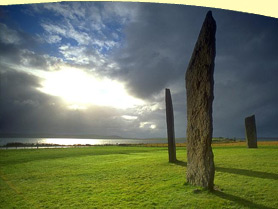1.Program participants and community citizens feel respected and valued when employees use these attributes and skills.
2.It builds common ground by generalizing a foundational skill base across helping professionals who have different languages, practices, and rules.
3.The idea of the “ally” is rooted in, and gets its legitimacy from, a wide variety of cultural histories. Not a new model or territory of a particular profession.
4.It’s presented in a way that respects both the inherent “wisdom” in helpers and the skills learned through professional training.
5.Provides an avenue for peers, professionals, family members, and community citizens to provide support that is equally valued and understood. Professional help is not “better” than non-professional help.
6.Roots of the Ally model further embeds shift from a deficit/medical model to capacity/community model by assuming there is substantial capacity and inner authority in the person being helped.
7.Says that Ally skills are primary and specialty skills are secondary. Reduces turf issues between helpers.
8.Emphasizes expanded use of community resources by utilizing community language rather than professional language.








